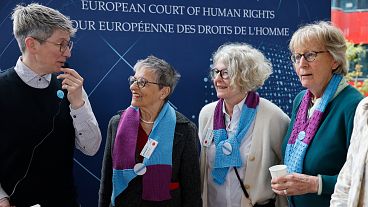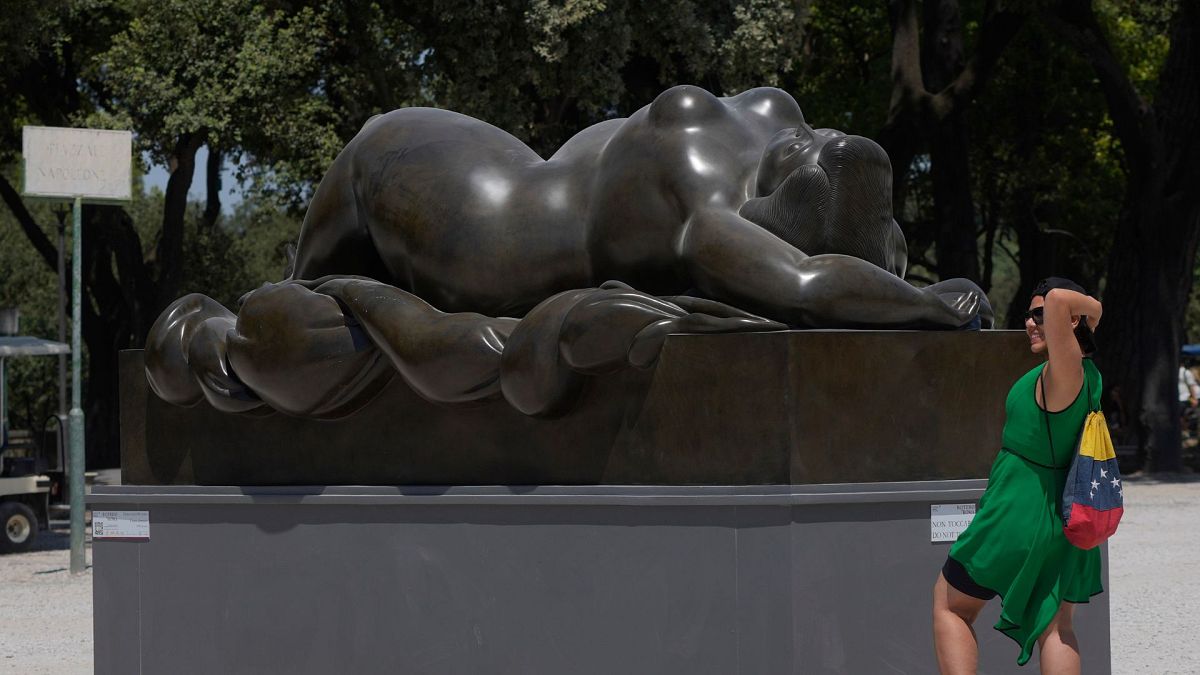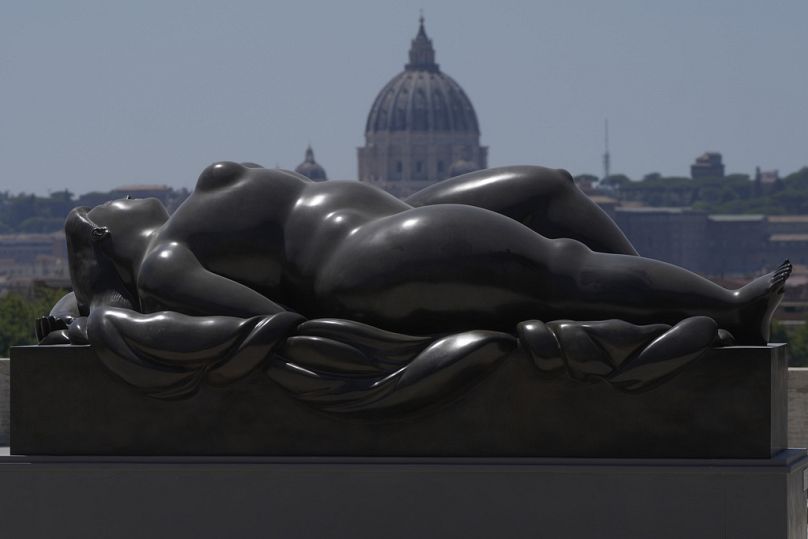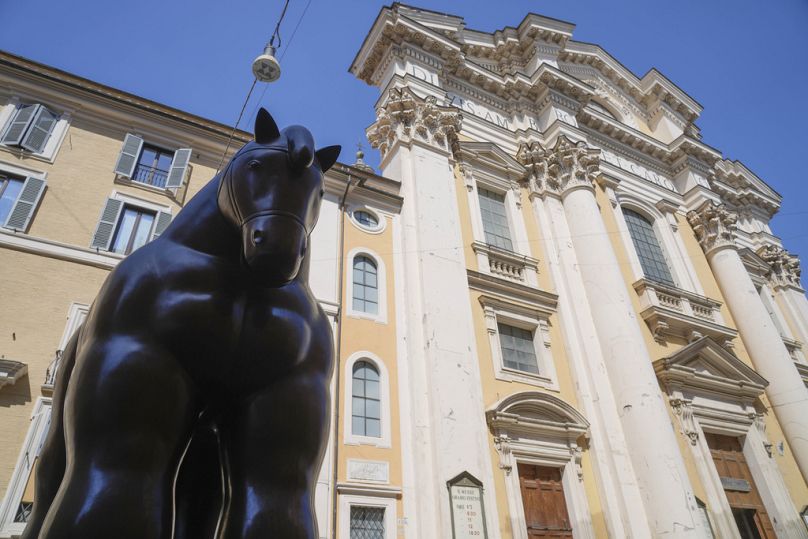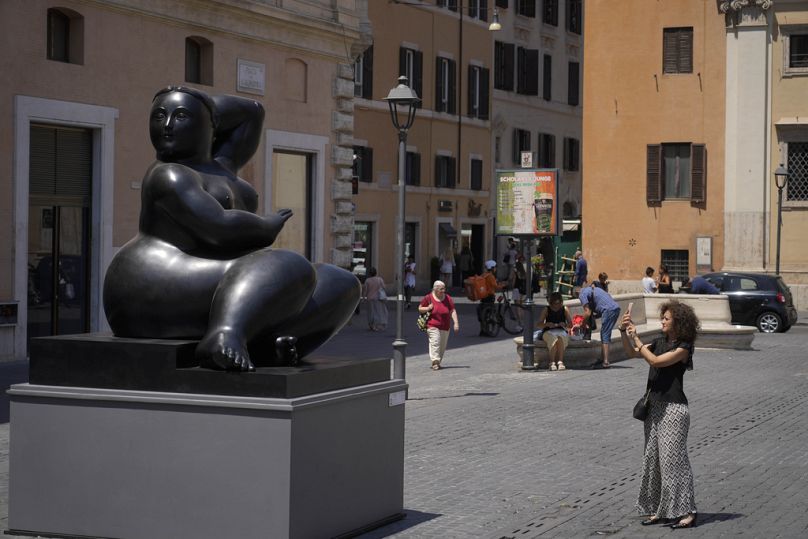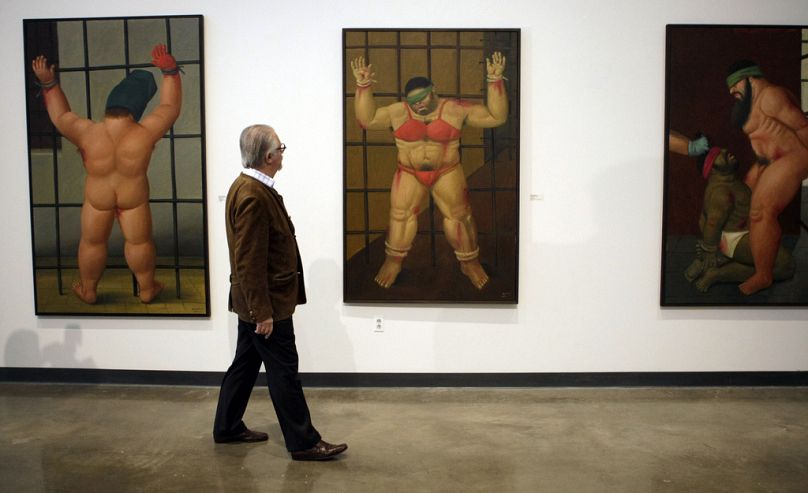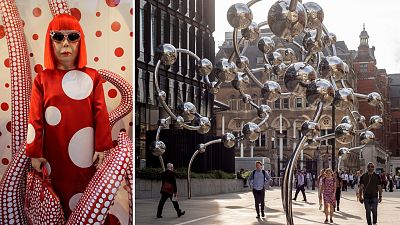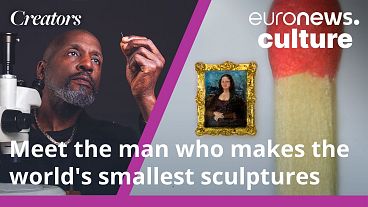Italy is honouring the artist Fernando Botero with an outdoor exhibition of his voluminous sculptures across Rome. The exhibition is a tribute to the Colombian who died in September last year in Monaco, where he kept a studio.
The daughter of the late Colombian artist Fernando Botero has helped to turn the streets and piazzas of the Italian capital into an open-air museum to display eight of her father’s famously voluminous, whimsical sculptures.
The exhibition was organised as a tribute to Botero, who died September 15, 2023, at 91 in Monaco, where he kept a studio.
The artist also lived for many years in the Italian town of Pietrasanta in the Tuscany region, where he was buried next to his third wife, the artist Sophia Vari.
“I am sure my father would be very moved because Italy was always like a second home country for him,’’ his daughter, Lina Botero, told private Italian television TV2000.
Botero created all of the statues shown in the exhibition while he was in Italy. His affection for Italy came in part from his artistic affinity for the Renaissance masters.
While his imposing bronze sculptures have been shown in parks and avenues of many European and Latin American capitals, this is the first time they are being seen on this scale in Rome.
Art lovers can follow a Botero trail starting from the central Villa Borghese park, where Lying Woman gazes across Rome’s rooftops toward St. Peter’s Basilica from the Pincio Terrace. In the Piazza del Popolo, the sculptures Adam and Eve face each other.
Horse with Bridle is on the central Roman shopping street, the Via del Corso, and the journey ends near the Piazza di Spagna with Seated Woman.
“We could tell from afar those are Boteros,” said Sara Belloni, a resident who paused to photograph Adam and Eve from below. “The aesthetic is completely the opposite compared to what one usually sees around. Where skinny is beautiful, he does the exact opposite.”
Lorenzo Zichichi, who represents one of the exhibition’s co-organizers, said it would be a mistake to call the sculptures fat.
“Botero has always said that he has never painted a fat woman and he has never sculpted a fat woman,” said Zichichi, president of the Il Cigno publishing house, which presented the exhibition along with the Fernando Botero Foundation and BAM art events. “What fascinated him was the volume.”
Who was Fernando Botero?
Botero was born on April 19, 1932 in Medellín, Colombia. As a child he was enrolled by an uncle in a bullfighting school that he soon left, but it was a world captured later in his paintings.
Botero decided at age 14 to dedicate his life to the arts, after managing to sell some sketches of bullfights to fans outside the city’s bullfighting arena. His mother supported the decision, but told him he would have to pay for his studies.
As a teenager, Botero participated in a group exhibition in Bogota, and had his first individual exhibition there in 1951. In the following year, he went to Madrid to study at the Royal Academy of Fine Arts of San Fernando.
From Europe, he traveled to Mexico to study the work of Diego Rivera and José Clemente Orozco.
During his travels, Botero married Gloria Zea, with whom he had three children, Fernando, Lina and Juan Carlos. Returning to Bogotá in 1958, he was appointed professor at the School of Arts of the National University.
He later divorced and took up residence in New York in 1960, where he arrived with just a few hundred dollars in his pocket.
In the 1960s Botero began experimenting with the volume of objects and people in his paintings. His original and plump creations attracted the attention of art critics and, by then, the painter had created hundreds of drawings as well as some 1,000 paintings.
In 1964, Botero married Cecilia Zambrano, another relationship which would end in divorce. The pair had a son, Pedro, in 1970 but tragedy befell the family four years later as the child died in a car accident in Spain.
Botero captured the pain of his son’s death in the painting “Pedrito” that depicts his son riding a toy horse and wearing a blue police officer’s uniform.
He also donated 16 works to the Museum of Antioquía, in Medellín, to honour the boy and in turn the museum named a room in memory of “Pedrito Botero.”


